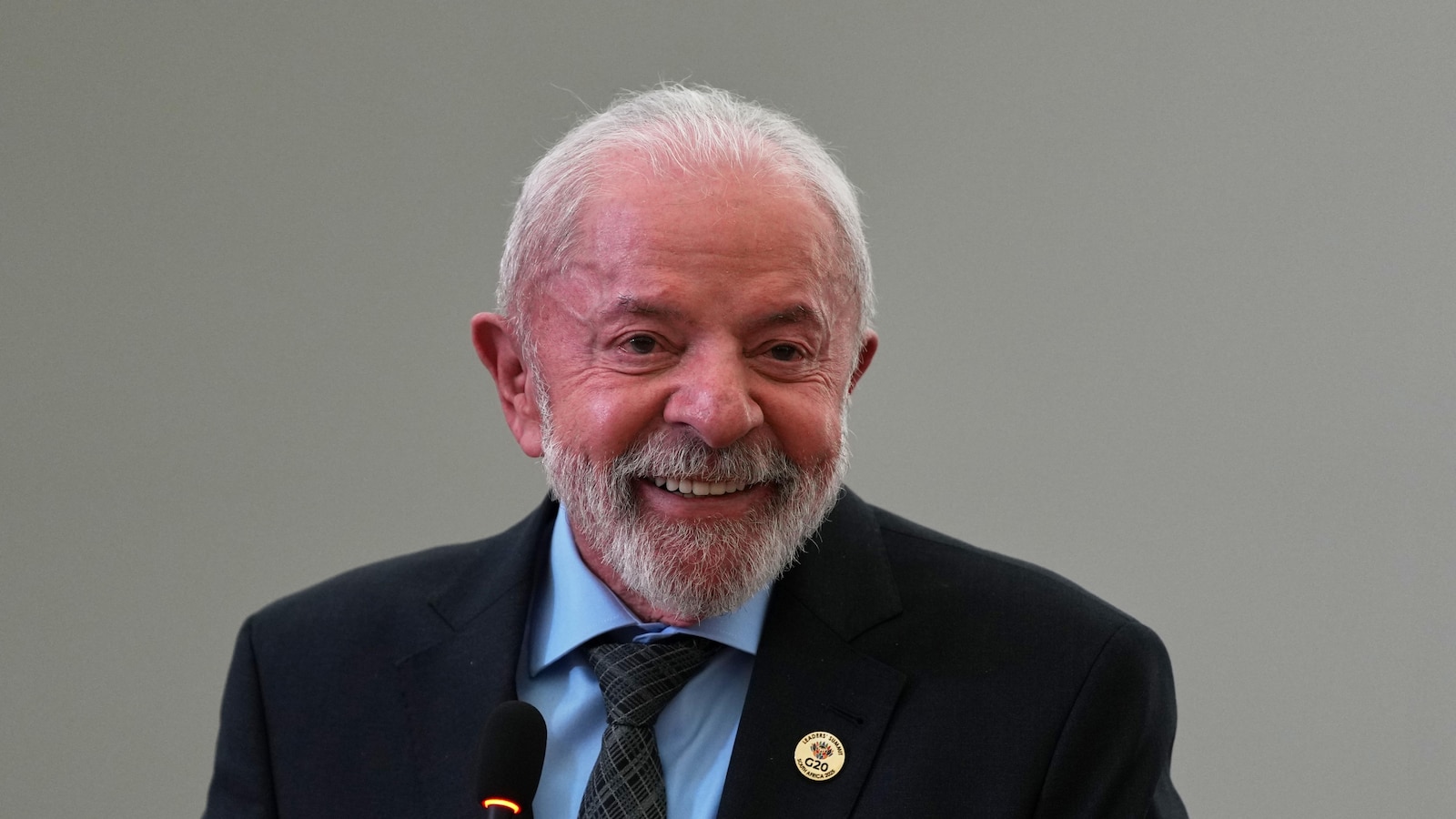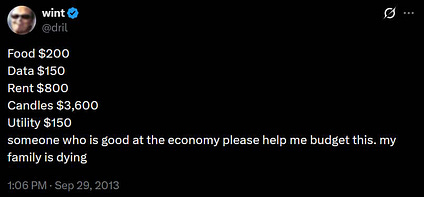Brazil’s Lula sanctions an increase in tax exemptions for low-income people – ABC News

Report on Brazil’s New Income Tax Legislation and its Alignment with Sustainable Development Goals
1.0 Policy Overview
The government of Brazil has enacted a significant tax reform bill, sanctioned by President Luiz Inácio Lula da Silva, which fundamentally alters the nation’s income tax structure. The legislation, which passed unanimously through both the House and Senate, fulfills a key 2022 election campaign promise and is set to take effect next year. The core objective of the reform is to provide financial relief to low and middle-income citizens, directly supporting national efforts to achieve key Sustainable Development Goals (SDGs).
2.0 Key Provisions and Beneficiary Impact
The new law introduces substantial changes aimed at easing the tax burden on a large portion of the population.
- Increased Exemption Threshold: The income level for tax exemption has been more than doubled, exempting individuals earning up to 5,000 reais ($940) per month.
- Tax Discounts: Progressive tax discounts are established for incomes up to 7,350 reais ($1,400) per month.
- Population Impact: An estimated 15 million Brazilians will benefit from this measure.
- Approximately 10 million citizens will be fully exempt from income tax payments.
- An additional 5 million will benefit from a tax reduction.
3.0 Fiscal Measures and Progressive Taxation
To offset the reduction in state revenue and further advance the goal of reducing inequality, the legislation introduces a minimum effective tax rate for high-income individuals.
- Target Demographics: The new tax targets approximately 140,000 of the country’s wealthiest individuals, who currently pay a low average effective tax rate of 2.5%.
- Income Tiers: The tax applies to individuals earning over 600,000 reais (approx. $113,000) annually, with the rate increasing to 10% for those with annual incomes exceeding 1,200,000 reais (approx. $226,000).
4.0 Contribution to Sustainable Development Goals (SDGs)
This tax reform is a significant policy action that aligns directly with the United Nations’ 2030 Agenda for Sustainable Development, with a pronounced impact on the following goals:
- SDG 1: No Poverty: By increasing the disposable income of millions of citizens, the law directly contributes to poverty alleviation. This is particularly impactful in a context where, according to Brazil’s national statistics agency, 90% of the population had a per capita household income below 4,040 reais in 2024.
- SDG 10: Reduced Inequalities: The policy is explicitly designed to reduce economic disparity. By simultaneously exempting lower earners and introducing a minimum tax for the highest earners, the reform creates a more progressive and equitable tax system, directly addressing the core objective of SDG 10.
- SDG 8: Decent Work and Economic Growth: Increasing the purchasing power of a substantial portion of the workforce is anticipated to stimulate domestic demand and consumption, fostering inclusive and sustainable economic growth.
Analysis of Sustainable Development Goals in the Article
1. Which SDGs are addressed or connected to the issues highlighted in the article?
The article discusses a new tax law in Brazil that exempts lower-income individuals from income tax while increasing taxes on the wealthy. This policy directly addresses the following Sustainable Development Goals (SDGs):
- SDG 1: No Poverty – By increasing the disposable income of millions of lower-income Brazilians, the tax exemption policy serves as a measure to alleviate financial hardship and prevent individuals from falling into poverty. The article notes that “10 million will no longer pay income tax,” directly impacting their financial stability.
- SDG 10: Reduced Inequalities – The core of the policy is to reduce income inequality. It achieves this by providing tax relief to those earning up to 5,000 reais a month and, conversely, introducing a “minimum effective tax rate for high-income individuals” who earn over 600,000 reais a year. This fiscal redistribution is a direct attempt to narrow the gap between the rich and the poor.
2. What specific targets under those SDGs can be identified based on the article’s content?
Based on the article’s focus on fiscal policy and social protection, the following specific targets can be identified:
- Target 1.3: Implement nationally appropriate social protection systems and measures for all, including floors, and by 2030 achieve substantial coverage of the poor and the vulnerable. The new tax exemption law is a form of social protection measure implemented at a national level. The article states that “Some 15 million Brazilians will benefit from the new law,” demonstrating a move towards substantial coverage.
- Target 10.4: Adopt policies, especially fiscal, wage and social protection policies, and progressively achieve greater equality. The article is entirely about the adoption of a new fiscal policy. The Brazilian government has sanctioned a bill that changes the income tax structure to benefit lower earners and increase the tax burden on the “140,000 wealthy individuals,” which is a clear implementation of a fiscal policy aimed at achieving greater equality.
3. Are there any indicators mentioned or implied in the article that can be used to measure progress towards the identified targets?
Yes, the article contains specific data points that can serve as indicators to measure progress:
- For Target 1.3, a direct indicator is the number of people covered by this social protection measure. The article explicitly states: “Some 15 million Brazilians will benefit from the new law,” with “10 million” no longer paying income tax and “5 million” benefiting from a reduction. This number serves as a baseline to measure the reach of the policy (related to Indicator 1.3.1: Proportion of population covered by social protection floors/systems).
- For Target 10.4, the article provides clear metrics of the fiscal policy itself. These include the new income tax exemption threshold of “5,000 reais ($940) a month” and the new minimum effective tax rates for those earning over “600,000 reais (approximately $113,000) a year.” These figures are direct indicators of the fiscal policy adjustments made to achieve greater equality (related to Indicator 10.4.1, which concerns fiscal and social protection policies).
SDGs, Targets, and Indicators Table
| SDGs | Targets | Indicators |
|---|---|---|
| SDG 1: No Poverty | 1.3: Implement nationally appropriate social protection systems and measures for all. | The number of beneficiaries of the tax exemption policy: “Some 15 million Brazilians will benefit from the new law.” |
| SDG 10: Reduced Inequalities | 10.4: Adopt policies, especially fiscal, wage and social protection policies, and progressively achieve greater equality. | The specific fiscal policy measures implemented:
|
Source: abcnews.go.com
What is Your Reaction?
 Like
0
Like
0
 Dislike
0
Dislike
0
 Love
0
Love
0
 Funny
0
Funny
0
 Angry
0
Angry
0
 Sad
0
Sad
0
 Wow
0
Wow
0



















































.jpg.webp?itok=0ZsAnae9#)
























